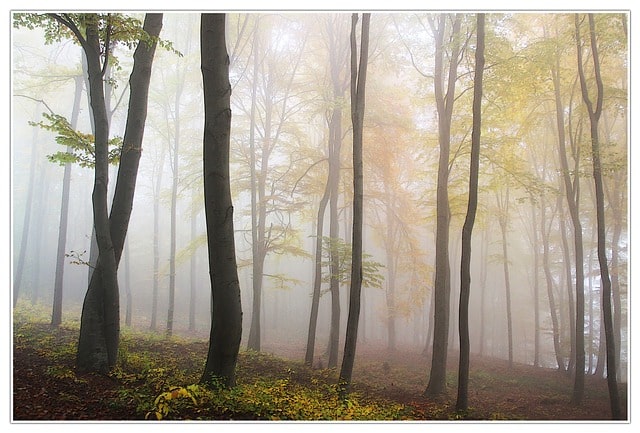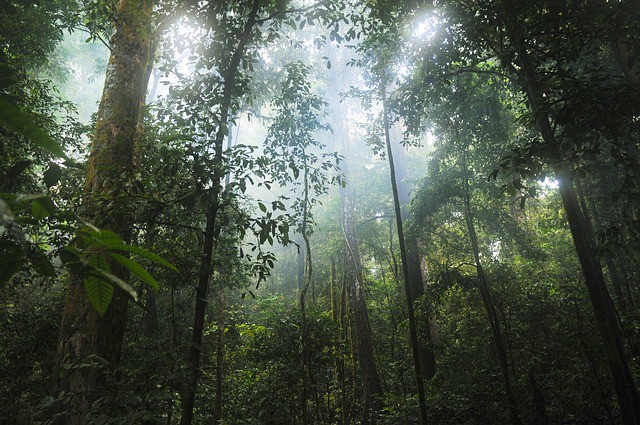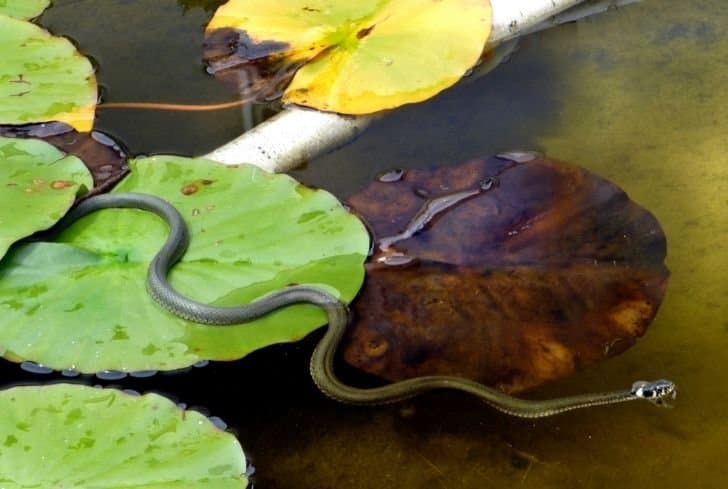Various Land (Terrestrial) Biomes (Tundra, Desert, Forest, Taiga, Grassland)

Planet Earth is a world filled with endless, scintillating places. It also harbors a glittering array of many plant and animal species. These plant and animal species live in completely diverse environments. These diverse environments are commonly known as biomes. Biomes differ in climate, precipitation, location, and plants and animals. There are two major categories of biomes; Aquatic and land (terrestrial) biomes.
Aquatic biomes occur under water bodies. The water body can be fresh water or salt water. Aquatic biomes are further divided into freshwater biomes and marine biomes. Freshwater biomes include lakes, rivers, streams, and ponds. Marine biomes include oceans, coral reefs, and estuaries.
Land Biomes or terrestrial biomes form on dry land. They are very distinct in regard to climate, plant and animal life. Many land biomes exist in the world today, including tundra biome, desert biome, forest biome, and grassland biome.
Let’s have a look at various types of land biomes:
Tundra Biome
The tundra biome is a collection of habitats with different plant and animal species of various characteristics and adaptations. This biome is situated in proximity to the North Pole in the Arctic Circle. It’s regarded as the coldest biome in the world. Tundra biome is typically extremely cold, with temperatures plummeting as low as -34 degrees Celsius. This biome experiences only two months of summer, with average temperatures still extremely cold between 3 degrees Celsius to 12 degrees Celsius. Although tundra biome experiences freezing temperatures, plants and animals still live here.
Desert Biome
The desert biome is a collection of ecosystems that form as a result of the extremely low levels of rainfall it receives each year. Desert biomes attribute to approximately 20% of the surface of the earth. Four main types of deserts exist in this biome, including hot and dry deserts, semi-arid deserts, coastal deserts and cold deserts.
The desert climate is extremely hot and dry. Annual average precipitation is 25 cm. Spring and summer experience the least rain in the desert biome. Desert biomes temperatures vary considerably. Temperatures are lower than the ordinary; it gets hotter during spring and summer and cools down a little bit in fall. Despite the scant rainfall experienced in desert biomes, a wide range of animals and plants live here.
Plants in the desert have developed special adaptations to survive here. They shed leaves to prevent moisture loss; some are thorny to protect themselves from herbivores. Succulent plants like cactus store a lot of water for later use. Others have deep roots to reach water tables.
Animals also have developed unique traits to survive the harsh temperatures in the desert biome. They stay in shadows of plants to avoid direct heat from the sun. Some burrow into the ground to escape the intense heat. Other animals remain inactive during the day when temperatures are extremely high, and become active at night when temperatures drop. A few animals have developed salt glands, which mean they will secret salt without loss of water. Animals like camels store fat in humps, instead of the body. The fat storage in the hump means the camel can go for days without food and water.
Forest Biome
A Forest biome is a collection of habitats where trees are in bountiful supply. Forest biomes are divided into 5 major categories depending upon the kind of trees growing there. These kinds of forest biomes include Tropical forest biome, temperate forest biome, and taiga (boreal forest biome).
Tropical Forest biomes experience average annual temperatures of approximately 50 degrees Fahrenheit. Average annual precipitation is 30 to 60 inches per year. They are situated on the eastern half of U.S., Europe, Canada, parts of Russia, Japan and China. This biome does not have a lot of plant life, but are dense with trees containing shocking amount of flowers. Animals living here must adjust to the cold winters and hot summers to survive.
Temperate forest biomes are located in eastern North America, northeastern Asia, western and central Europe. Temperatures in temperate forest biomes vary considerably from -30 degrees Celsius to 30 degrees Celsius. The average annual precipitation is 75 to 150 cm, which is distributed all year round. Trees in temperate forest biome are characterized by broad leaves that are lost each year. Typical tree species include oak, hemlock, hickory, maple, cottonwood, beech, basswood, willow, and elm. Animals are represented by different bird species, squirrels, skunks, rabbits, bobcat, fox, wolf, mountain lion, deer and black bear.
Taiga (Boreal Forest) Biome
Taiga is the largest terrestrial biome. It’s located between 50 and 60 degrees north latitudes. Taiga biome is also located in the expansive belt of Eurasia and North America, with two-thirds occurring in Siberia and the rest in Alaska, Canada, and Scandinavia. Temperatures are extremely low, with precipitation occurring in the form of snow (40-100cm yearly). Plants in taiga biome mainly consist of cold-resistant evergreen conifers, featuring needle-like leaves, such as spruce, fir, and spine. Animal species here include fox, chipmunks, hawks, bats, weasel, moose, bear, wolf, screws, hares, and deer.
Grassland Biome
Grassland biomes are characterized by large, rolling terrains of wide-ranging grass species. Large shrubs and trees are scarce in this biome. Grassland biomes attribute to approximately one-quarter of the earth’s land surface. They are considered to be between a forest and a desert regarding rainfall. Grassland biomes don’t experience a lot of rainfall to support the growth of numerous trees like the forest biome, but they have lots of grass, which means they receive more rain than desert. Two main types of grassland biomes exist in the world; savanna grasslands and temperate grasslands.
Savanna grassland biome has wet and dry climate. Seasons vary considerably in savanna biome. The dry season comes in winter. All the rain is experienced in summer. The savanna biome experiences a temperature range of 68 to 86 degrees Fahrenheit (25-30 degree Celsius). Winter temperatures range from 78 to 86 degrees Fahrenheit (25 to 30 degrees Celsius. The average annual precipitation in the savanna biome is 10 to 30 inches (100 to 150 cm).
The vast sections of the savanna are covered by different species of grass including star grass, lemon grass, Bermuda grass and Rhodes grass. Trees are also scattered in this biome. Examples of trees growing in the savanna include baobab tree, acacia, and jackal berry tree. Plants have developed adaptations to get by in the dry season and drought of the savanna. Some plant species store water and energy in their trunk, roots, and bulbs. Others have deep roots that are able to reach water tables.
Temperate grassland biomes are situated in colder climate regions and generally receive less precipitation than savanna. Temperatures in the temperate grasslands differ with seasons. Temperatures can drop to below zero degrees Fahrenheit in winter. Summer temperatures, on the other hand, can go up to 90 degrees Fahrenheit. Temperate grassland biomes are situated north of the Tropic of Cancer about 23.5 degrees North, and south of the Tropic of Capricorn about 23.5 degrees South.
Grasses predominate in temperate grassland biomes. Large shrubs and trees are scarce due to occasional fires, seasonal drought, and grazing by large mammals. Tree species such as oaks, cottonwoods, and willows thrive in river valleys, including species of flowers, which grow among them.
Temperate grassland biomes support a low diversity of wildlife. However, there is an abundance of wildlife here. Examples of animals living in temperate grassland biomes include bison, pronghorn, pocket gophers, prairie dogs, coyotes, wolves, badgers, swift foxes, black-footed ferrets, Hawks, owls, quails, sparrows, grouses, meadowlarks.
The soil in temperate grassland is rich in nutrients. The nutrients come from the growth and decomposition of grass roots. The rooted roots also hold the soil intact and prevent running water from stealing the soil.






